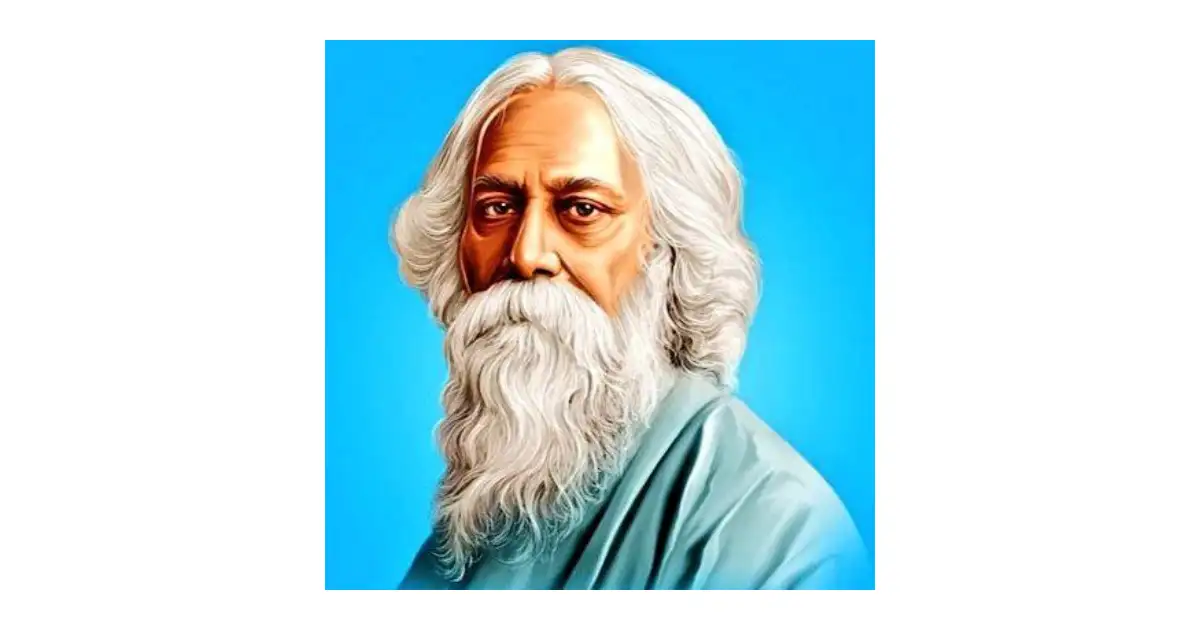1. Introduction: The Representation of the People Act, 1951, forms the cornerstone of India's electoral framework, governing the conduct of elections at both national and state levels.
2. Key Provisions:
a. Constituency Delimitation: The Act lays down rules for the division of territories into parliamentary and assembly constituencies, ensuring fair representation.
b. Electoral Rolls: It mandates the preparation and maintenance of accurate electoral rolls, enabling eligible citizens to exercise their voting rights.
c. Qualifications and Disqualifications: Clear criteria are outlined for individuals seeking candidacy, along with provisions for disqualification based on certain grounds.
d. Voter Registration: Guidelines are provided for voter registration processes, ensuring inclusivity and accessibility for all eligible citizens.

3. Ensuring Fair Elections:
The Act ensures the integrity of the electoral process by outlining procedures for candidate nominations, polling, and vote counting. It aims to uphold the principles of fairness and transparency in elections.
4. Empowering Citizens: By providing a legal framework for democratic participation, the Act empowers citizens to actively engage in the electoral process, thereby strengthening the foundations of democracy.
5. Conclusion: The Representation of the People Act, 1951, stands as a testament to India's commitment to democracy, facilitating free and fair elections and ensuring the voice of every citizen is heard in the governance of the nation.




